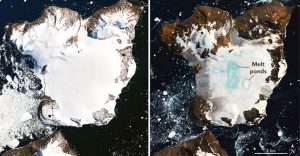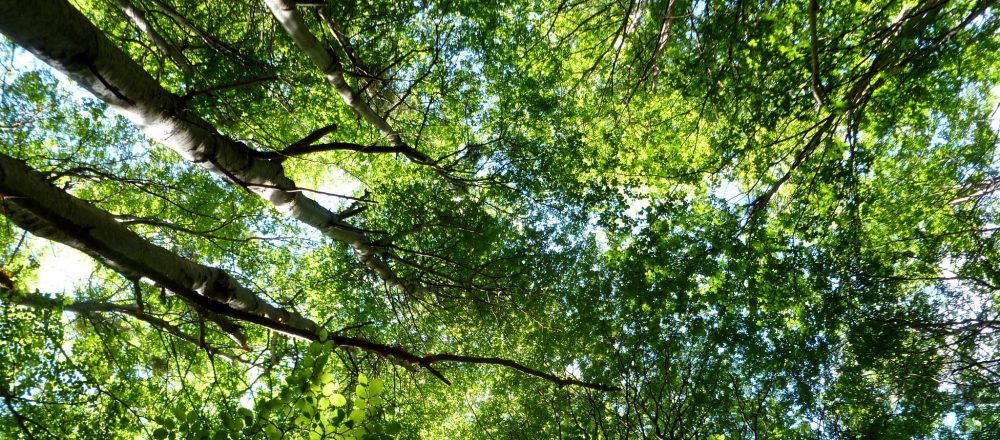The UNEP EEAP 2020 Update has just been published in Photochemical and Photobiological Sciences. This year the assessment includes a section & supplement on the implications of these environmental effects for the COVID-19 pandemic.

We also make seven points related to Terrestrial Ecosystems:
- Changes in UV radiation and climate have the potential to alter habitat suitability for plant species in terrestrial ecosystems.
- Species native to Antarctic are adapted to live under the extreme conditions, but continued changes in UV radiation and climate in this environment could exceed the limits of tolerances and survival of many native species of animal and plants.
- Stratospheric ozone depletion affects the Antarctic climate with direct consequences for the environment of terrestrial Antarctic ecosystems.
- Plant responses to UV radiation are contingent on other changing environmental conditions, and these effects collectively influence crop quality and production
- Acclimation of plants to changes in UV radiation may depend on the adaptation of species to grow in more open or shaded environments and could lead to shifts in functional diversity as vegetative cover changes with climate change and land use.
- The sensitivity of pollen to UV radiation and its preservation in the fossil record make it attractive for use in reconstructing UV radiation from the geological past.
- Technological advances are allowing for the use of UV radiation to improve agricultural sustainability.
To find out more the open-access publication: Neale, et al. (2021) Environmental effects of stratospheric ozone depletion, UV radiation, and interactions with climate: UNEP Environmental Effects Assessment Panel, Update 2020. Photochemical & Photobiological Sciences, https://doi.org/10.1007/s43630-020-00001-x
